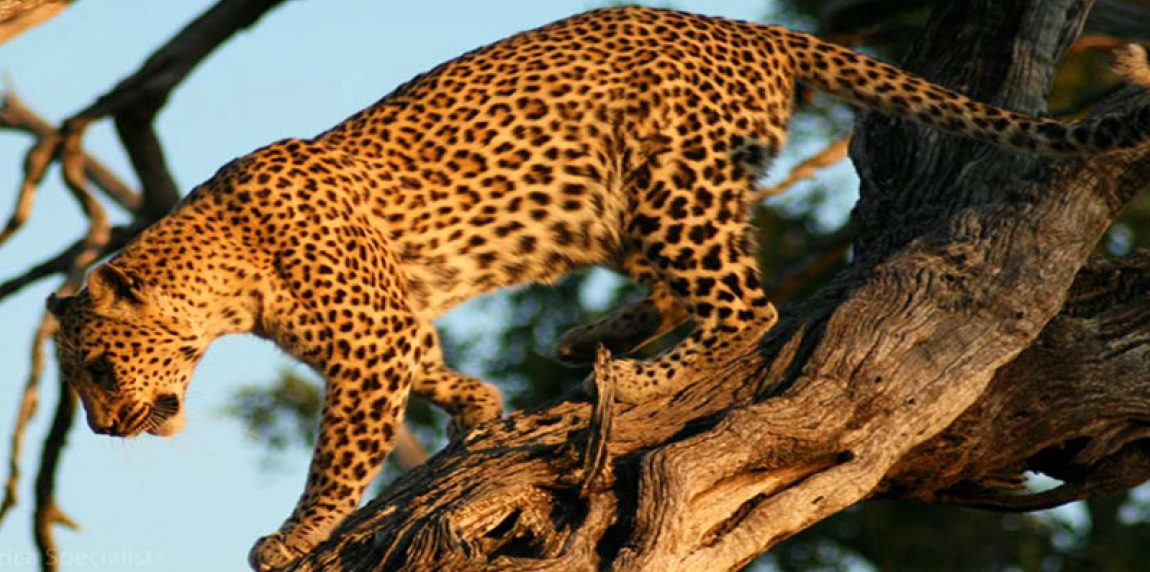Nyerere National Park, located in southern Tanzania, is one of the country’s largest and most ecologically diverse parks, covering over 30,000 square kilometers (11,600 square miles). Formerly known as Selous Game Reserve, the park was renamed in 2019 to honor Julius Nyerere, Tanzania's first president and a key figure in the country's independence and conservation efforts. The area has been recognized as a UNESCO World Heritage Site and has been protected since 1905, when the Selous Game Reserve was established, making it one of the oldest game reserves in Africa.
One of the key attractions of Nyerere National Park is its incredible biodiversity. The park is home to large populations of elephants, buffalo, giraffes, zebras, and various antelope species. It is also one of the best places in Tanzania to see African wild dogs, which are highly endangered and a rare sight in other parks. Lions, leopards, and hippos are also commonly seen in the park. One of the key attractions of Nyerere National Park is its incredible biodiversity. The park is home to large populations of elephants, buffalo, giraffes, zebras, and various antelope species. It is also one of the best places in Tanzania to see African wild dogs, which are highly endangered and a rare sight in other parks. Lions, leopards, and hippos are also commonly seen in the park
Nyerere National Park offers more than just traditional safari experiences. The Rufiji River, which runs through the park, is a vital water source for the region’s wildlife and also provides opportunities for fishing and scenic boat trips. The park’s remoteness and lack of large crowds make it an excellent destination for those seeking a more tranquil, off-the-beaten-path experience, away from the more heavily trafficked northern parks like Serengeti or Ngorongoro. Cultural experiences, including visits to nearby villages, offer a chance to learn about the indigenous Hadza and Hehe people, their traditional ways of life, and their relationship with the environment.
The best time to visit Nyerere National Park is during the dry season, which runs from June to October. During this period, the animals congregate around the rivers and waterholes, making wildlife sightings more frequent and easier to spot. The weather is warm but dry, and the days are generally sunny, with cooler temperatures in the evenings. This is also the prime time for predator sightings, particularly lions and wild dogs, as they are drawn to the high concentration of prey near water sources. The wet season (from November to March) brings lush green landscapes and higher humidity, the wildlife is still abundant, but animals are more spread out. However, this is the calving season, and visitors may have the opportunity to witness the birth of young animals, while the birdlife is also at its peak, with migratory species arriving in the park.
